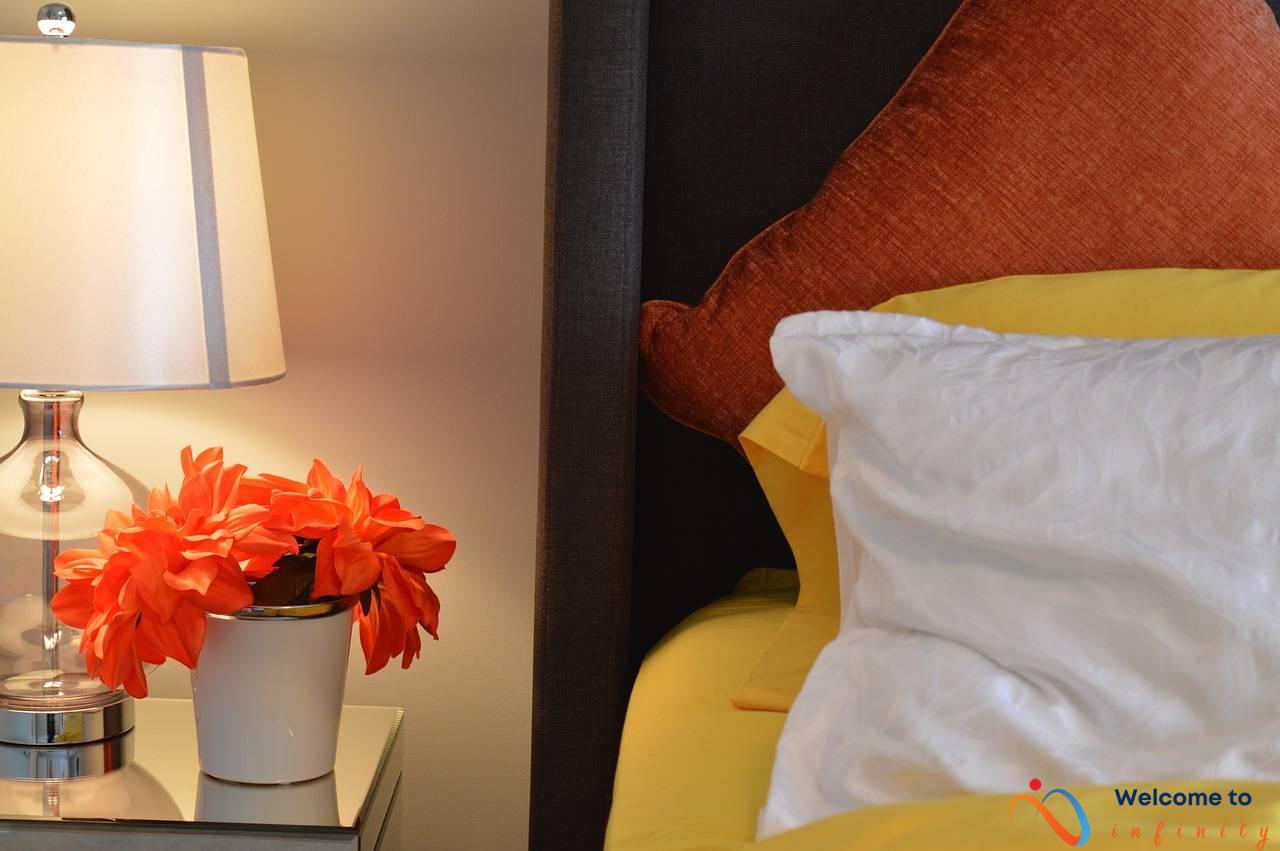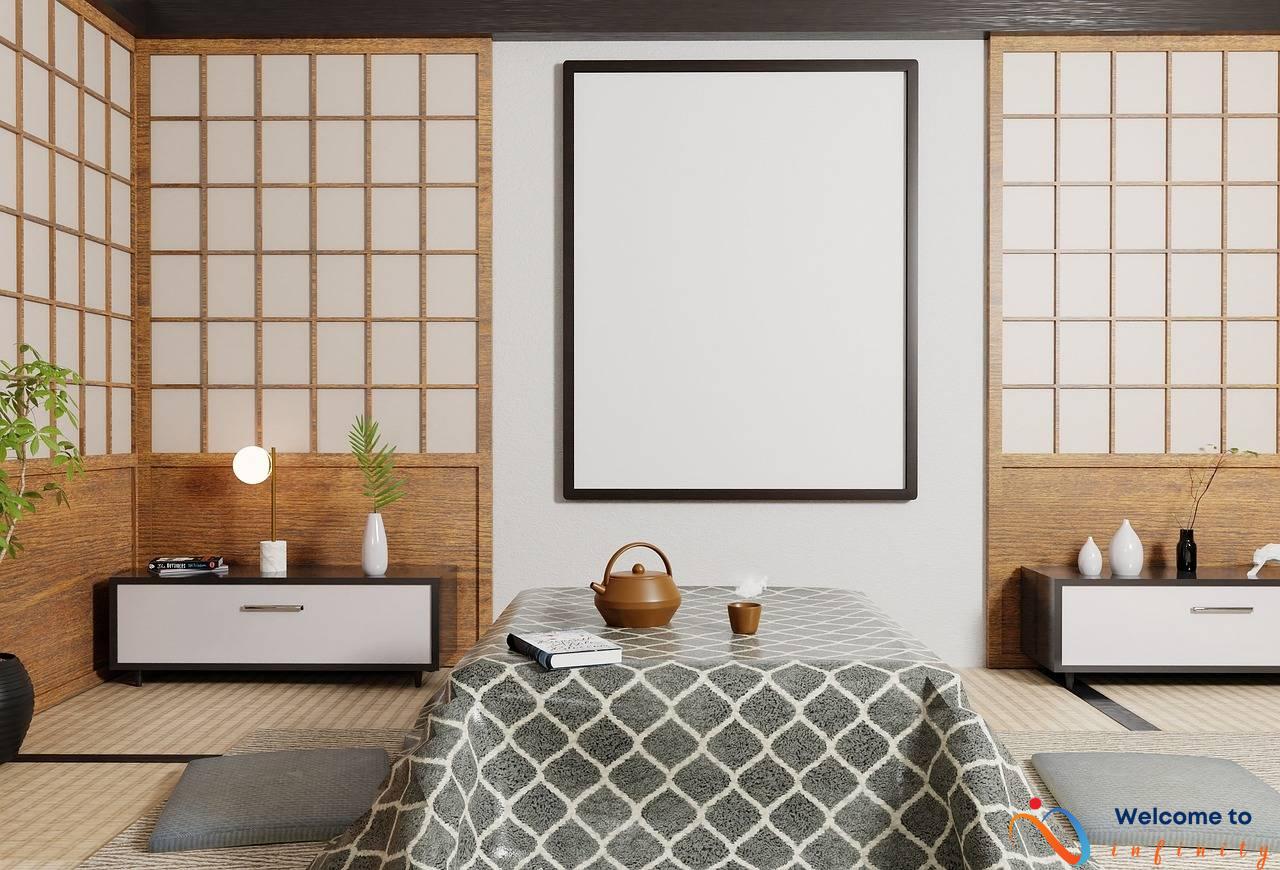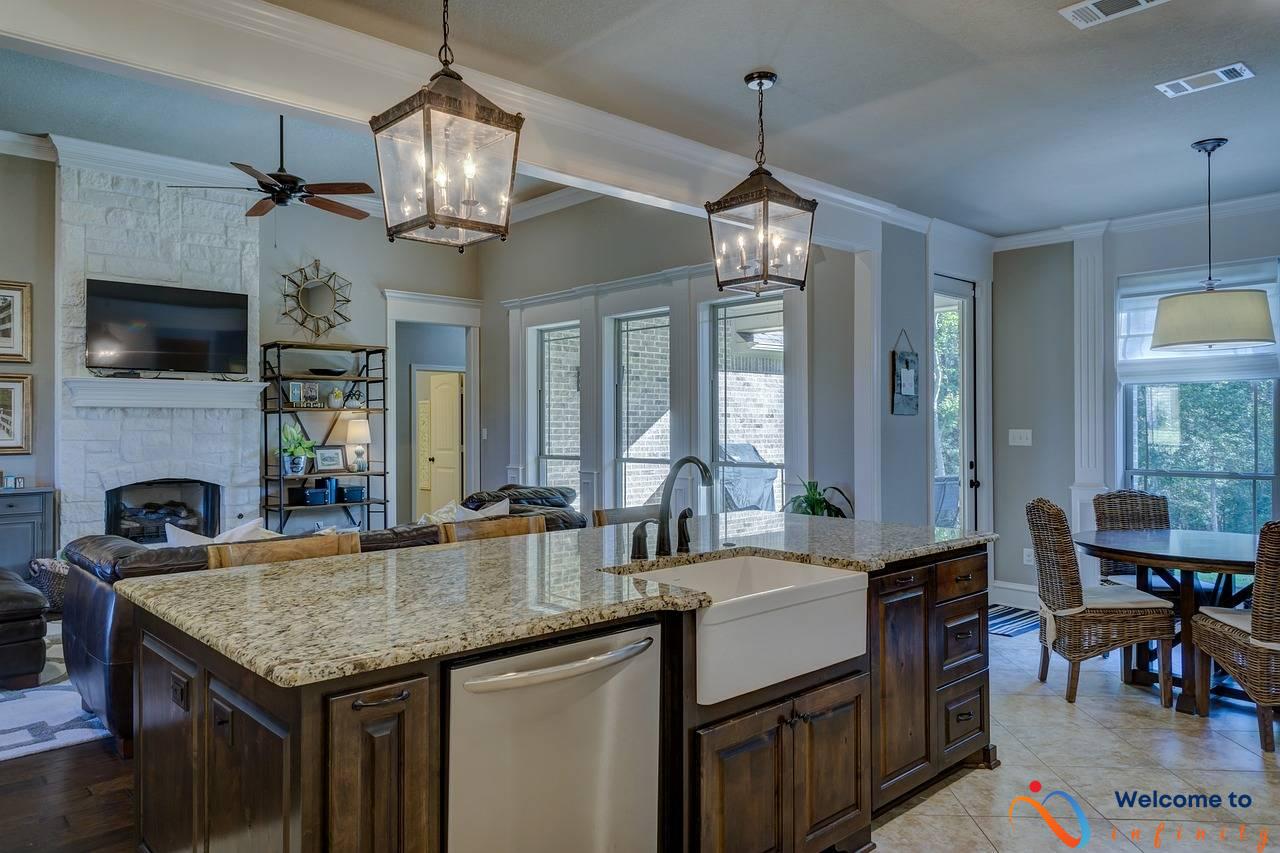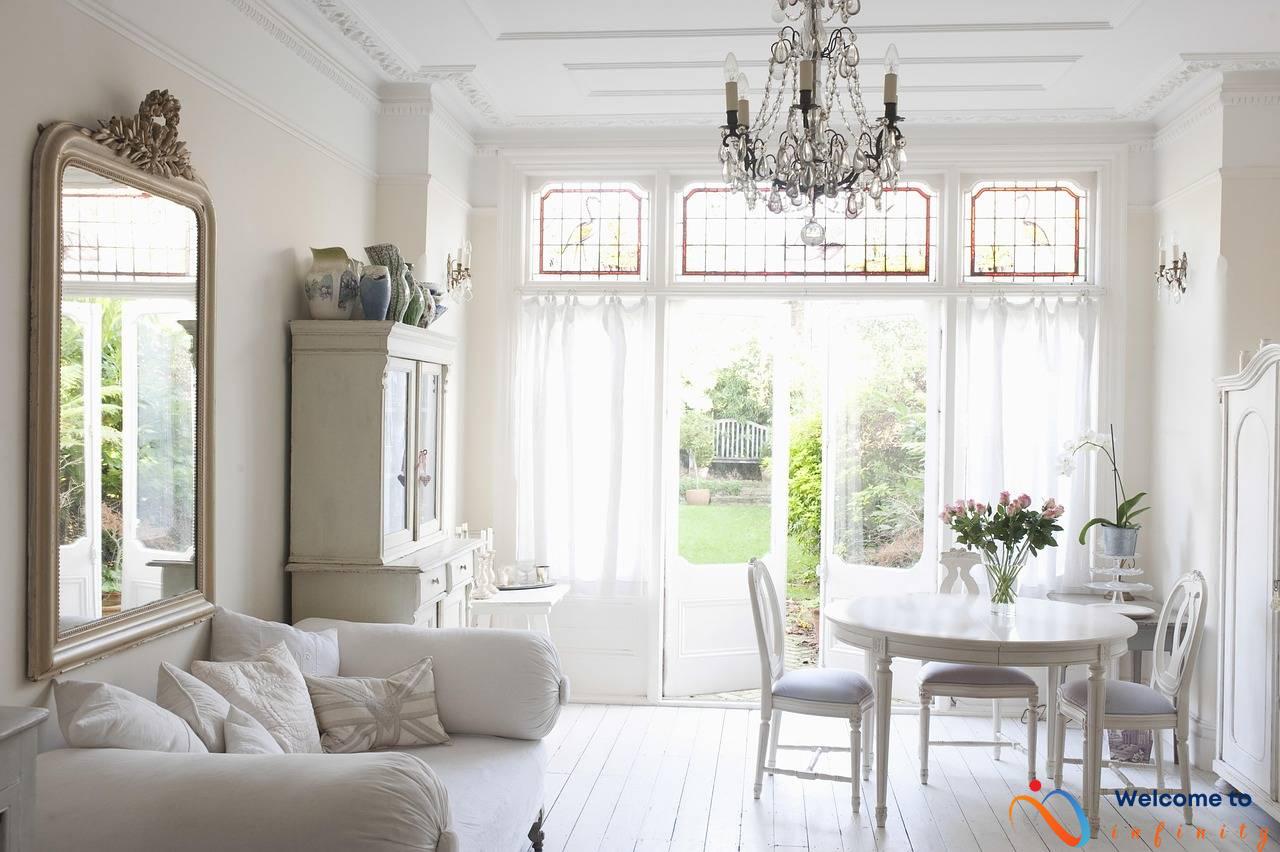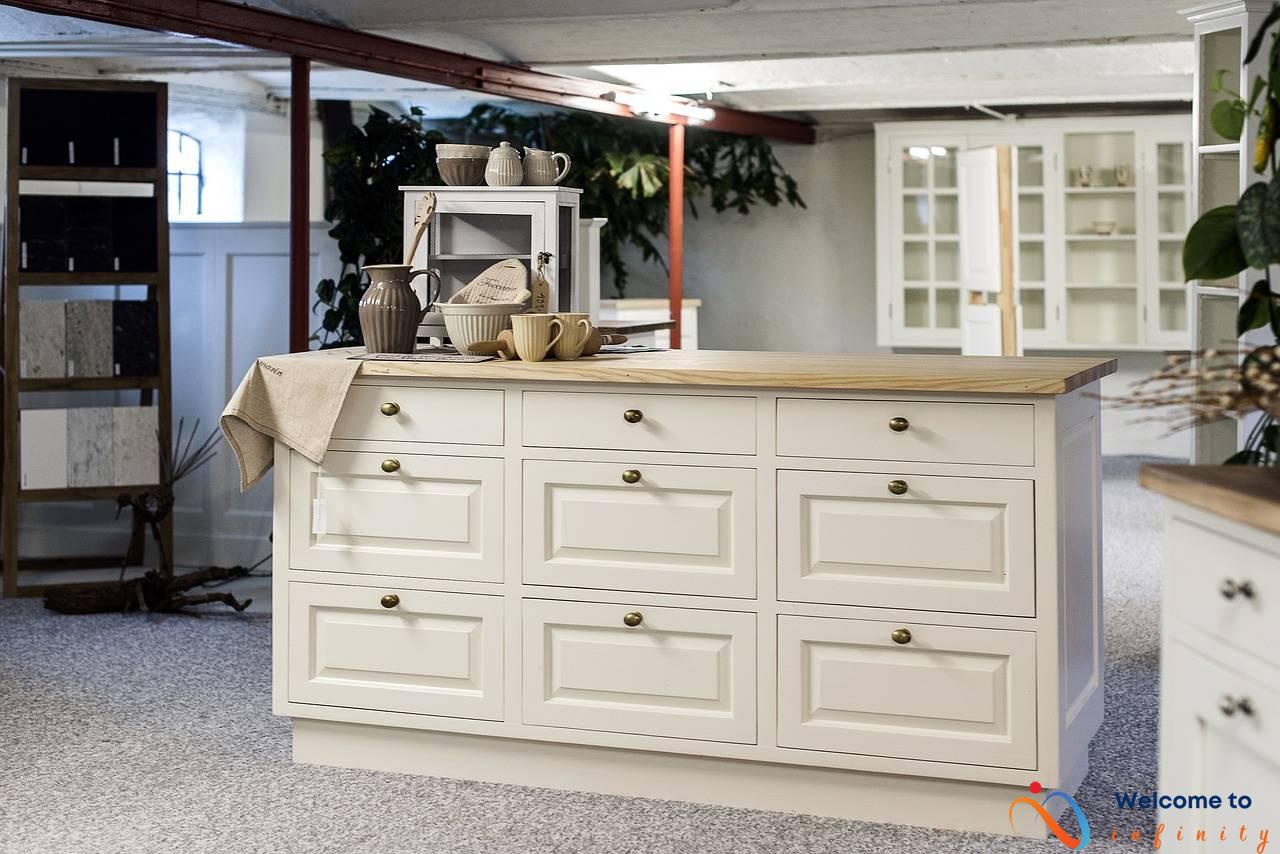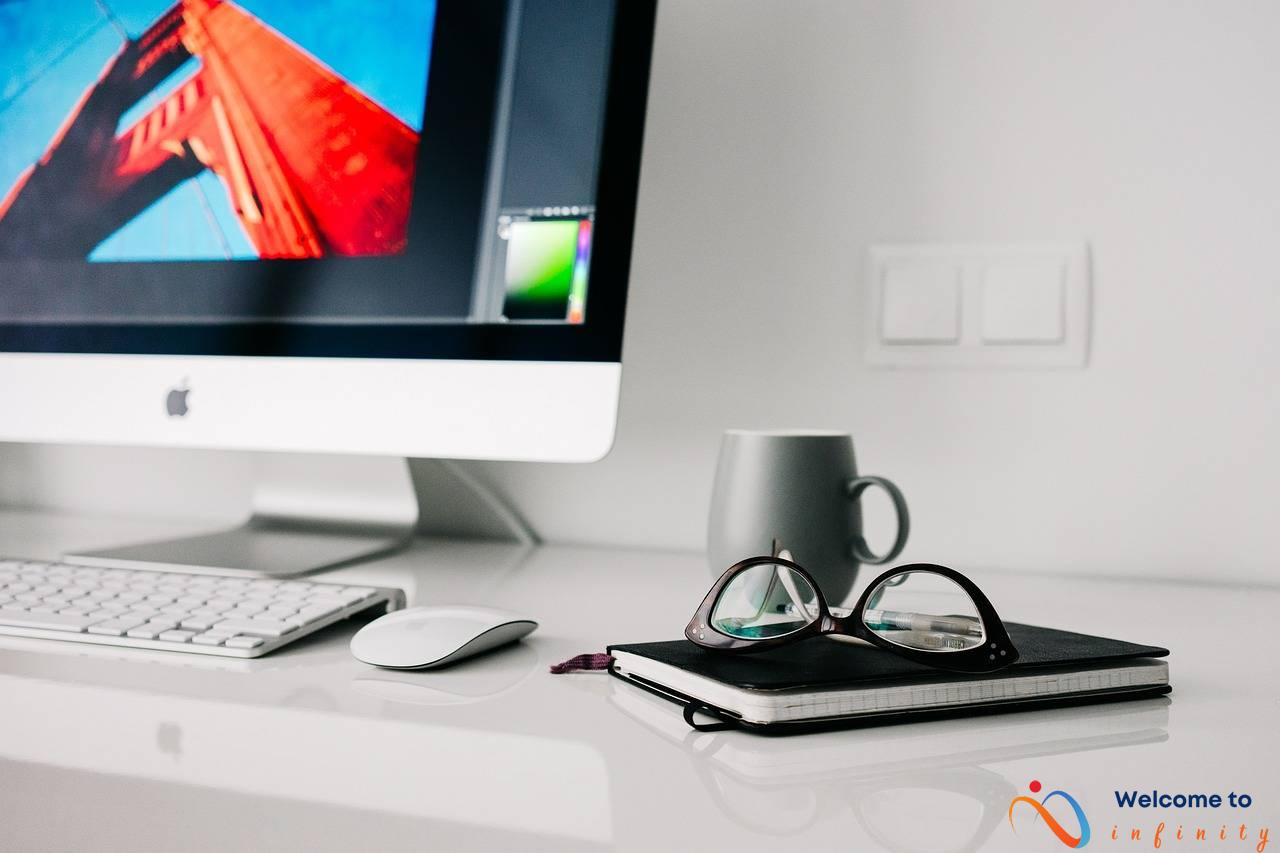Designing a home office that nurtures creativity and enhances productivity is essential for creative professionals working from home. With the right location, lighting, color, organization, furniture, and decor, you can transform your home workspace from a dull, uninspiring place to a vibrant, inspiring haven that fuels your creativity and inspires your work.
There is no one-size-fits-all solution to creating the perfect home office, as each creative professional has different needs and preferences. However, there are some key factors to consider when designing your workspace that can help you achieve your maximum potential.
- Choose a quiet and secluded location that allows you to focus without distractions. Avoid high-traffic areas or areas that are prone to noise.
- Set up your workspace near a window to allow for maximum natural light and fresh air. Natural light not only enhances your mood, but it also boosts productivity and creativity.
- Make sure your workspace has adequate electrical outlets and is wired for the internet. Avoid having cords and wires lying around, as they can be tripping hazards and can make your workspace appear cluttered.
- Create a layout that encourages movement and flexibility. Consider using a standing desk or incorporating a comfortable chair for long hours spent working.
Remember that designing a home office for creative professionals doesn't have to be boring or sterile. You can incorporate personal touches like artwork, plants, or unique furniture pieces that reflect your personality and inspire you to work creatively.
In the following sections, we'll dive deeper into how to optimize your workspace location, utilize lighting and color to set the mood and promote creativity, implement organization and storage strategies, and select furniture and decor that is functional, comfortable, and stylish.
Location and Layout
When designing a home office for a creative professional, an important aspect to consider is the location and layout of the workspace. Your workspace should be in a location that is conducive to productivity, creativity, and inspiration. Choose a location with minimal distractions and noise, away from high-traffic areas of the home.
After finding the ideal location, consider the layout of your workspace. The layout should promote productivity by allowing for sufficient space and easy access to necessary tools and materials. The desk and chair should be comfortable and ergonomic, supporting good posture and reducing strain on the body.
One option for optimizing your workspace layout is to place your desk near a window, allowing for natural light and a view of the outdoors. Another is to position your desk facing the door, providing a sense of control over your workspace and minimizing surprises. Additionally, consider creating designated areas for different activities, such as a reading nook or a space for brainstorming and inspiration.
When designing your workspace layout, also pay attention to the placement of technology and electronic devices. Keep them within reach but not in the way, and consider using a separate table or shelf for printers, scanners, and other equipment.
Lighting and Color
Lighting and color play a significant role in creating a productive and creative workspace. Understanding how lighting and color affect mood and creativity is crucial to designing the ideal home office. Here are some tips to help you create an inspiring workspace.
Maximizing natural lighting is one of the easiest and most effective ways to improve your workspace environment. Studies show that natural light improves mood, reduces eye strain, and increases productivity.
Make sure to place your desk near a window and open the blinds to let in as much natural light as possible. If your home office doesn't have access to natural light, consider using full-spectrum light bulbs that mimic natural daylight.
Colors have a significant impact on our mood, energy levels, and creativity. Understanding color theory can help you choose the right color scheme for your home office.
Cool colors such as soft blue, green, and lavender are known to improve focus and productivity. These colors have a calming effect and can help reduce stress and anxiety.
Warm colors such as red, yellow, and orange are known to stimulate creativity and inspiration. These colors have an energizing effect and can help you stay motivated and alert.
In addition to natural lighting, it's essential to have adequate artificial lighting to promote efficiency and productivity in your workspace. Consider using a combination of overhead lighting, table lamps, and task lighting for optimal brightness.
Make sure to use lighting that's not too harsh or too dim, as both can have a negative impact on your productivity. Experiment with different lighting options to find the perfect balance for your workspace.
By using natural and artificial lighting effectively and considering the impact of color on mood and creativity, you can create a functional and inspiring home office that boosts your productivity and creativity.
Natural Lighting
Natural lighting is a crucial element in designing a home office for creative professionals. It not only brightens up the workspace environment but also enhances productivity and boosts mood. Make sure to set up your workspace near a window or in a well-lit area of the house. This will allow for maximum natural light to flow through, creating a cheerful and energizing workspace.
If the natural lighting in your home isn't sufficient, you can consider adding skylights or light tubes. These options bring in natural light and eliminate the need for artificial lighting during the day. However, make sure to install window coverings or blinds to control the amount of light that enters the workspace. This helps to reduce glare and regulate temperature, making the workspace more comfortable.
It's also important to consider the direction of natural light when setting up your workspace. North-facing windows provide constant and diffused light, making it ideal for work that requires maximum concentration. East-facing windows provide abundant morning light, which can be energizing and inspiring, while west-facing windows provide softer afternoon light, which can create a relaxing atmosphere.
In summary, maximizing natural lighting creates a brighter and more productive workspace environment. Locate your workspace near a window or in a well-lit area of the house, consider adding skylights or light tubes, install window coverings or blinds, and take into account the direction of natural light to optimize your workspace for the best lighting possible.
Color Theory
When it comes to designing a home office for a creative professional, color plays a significant role in promoting a conducive and inspiring atmosphere. Research shows that color affects mood, productivity, and creativity. Therefore, understanding color theory and how to use it in your home office is crucial.
Cool colors such as soft blue, green, and lavender promote focus and productivity. They create a calm and soothing atmosphere and are ideal for individuals who require a high level of concentration. On the other hand, warm colors such as red, yellow, and orange stimulate creativity and inspiration.
To incorporate color theory into your home office design, opt for a neutral base color that complements your preferred color scheme. For instance, if you prefer cool colors, choose a neutral base color such as white or grey. Then, incorporate cool colors in your office accessories such as curtains, cushions, and wall art.
Another way to add color to your home office is by painting an accent wall with your preferred color. This creates a focal point in your workspace and adds depth and character to your home office.
Incorporating color through plants is another great way to enhance mood, creativity, and productivity. Plants purify the air, add a natural aesthetic to the workspace, and boost creativity. Choose plants with green foliage as they represent growth, renewal, and creativity.
In conclusion, understanding color theory and using it in your home office can significantly enhance your mood, creativity, and productivity. Incorporating color in various aspects of your workspace, such as the walls, accessories, and plants, creates a calm and inspiring environment that is ideal for creative professionals.
Cool Colors
Cool colors like blue, green, and lavender have a calming and soothing effect on people. These colors can create a peaceful environment and help improve focus and productivity in your workspace. Here are some ways you can incorporate these colors into your home office:
- Paint your walls in soft blue, green, or lavender hues to create a calming and relaxing space. Lighter shades of these colors work best.
- Add a pop of color with accent pieces such as a blue or green rug, lavender curtains, or a green chair.
- Accessorize your workspace with blue, green, or lavender office supplies such as notebooks, pens, or file folders.
- Include live plants with green leaves to add a touch of nature to your workspace. Not only do they serve as decor, but they also help purify the air.
Remember to keep a balance of color and avoid overpowering your workspace with too much cool color. Utilize these colors strategically and create an environment that makes you feel calm, relaxed, and productive.
Warm Colors
When creating a home office for a creative professional, warm colors such as red, yellow, and orange can be a great choice to enhance productivity and inspiration. These colors are known to stimulate the mind and help generate new ideas, making them perfect for a workspace where creativity is key.
Red is an intense and fiery color that can help energize and motivate. It promotes confidence, courage, and a sense of power, which can be beneficial for those who need an extra boost to get started. Yellow, on the other hand, is cheerful and optimistic, and can help stimulate the intellect and imagination. It is also associated with happiness, making it a great choice for a workspace that needs a touch of positivity.
Orange is a warm and inviting color, known to stimulate both the mind and the body. It is associated with creativity, enthusiasm, and excitement, making it an ideal color for a workspace that needs to stay dynamic and fun. It is also known to help with concentration, giving you the focus you need to tackle even the most challenging tasks.
To incorporate warm colors into your home office, consider painting an accent wall in one of these shades, adding a pop of color with accessories such as a bright rug or curtains, or incorporating them into your decor scheme with plants or artwork. Whatever approach you choose, these warm colors are sure to add a vibrant and inspiring touch to your workspace, boosting your creativity and productivity in the process.
Artificial Lighting
While natural lighting is ideal for a home office, it may not always be an option. In such cases, artificial lighting can be used to provide optimal brightness and promote workplace efficiency. When selecting lighting options for your home office, it is important to consider the following factors:
- The type of work you do: Depending on the nature of your work, you may require different levels of lighting. For example, writers and editors may benefit from softer, ambient lighting, while graphic designers and architects may require brighter, more focused lighting.
- The size of your workspace: The size of your workspace will also determine the type and amount of lighting you require.
- Your personal preferences: Your personal preferences in terms of lighting and ambiance should also be taken into consideration when choosing lighting options for your home office.
Desk lamps are a popular choice for home offices as they are flexible and can be adjusted to provide the desired amount and type of lighting. Floor lamps and ceiling lights can also be used to supplement desk lamps and provide ambient lighting in the workspace. When selecting artificial lighting options, make sure to choose bulbs that emit daylight or cool white light, as they are more conducive to productivity and focus.
Another important consideration when it comes to artificial lighting is the positioning of the light sources. Lights should be positioned in a way that reduces glare and shadows on the workspace and minimizes eye strain and fatigue. Additionally, you should aim to position your computer monitor perpendicular to your windows to reduce screen glare and make it easier on the eyes.
Finally, when using artificial lighting in your home office, it is important to strike a balance between functionality and ambiance. Consider using dimmer switches to create a more relaxed and inviting atmosphere after working hours. By carefully selecting and positioning your artificial lighting options, you can create a workspace that is both functional and aesthetically pleasing.
Organization and Storage
When it comes to designing a home office, organization and storage are critical components for maintaining a productive workspace. Below are some tips for creating an organized and functional home office space:
The first step towards creating an organized workspace is decluttering. Remove unnecessary items from your desk and surrounding areas, and create a designated spot for each item you need for work. This minimizes distractions and creates a cleaner, more efficient workspace.
Once you've decluttered your workspace, it's time to utilize smart storage solutions. Consider investing in bookshelves, filing cabinets, or cubbies to store important documents, office supplies and equipment. Utilize drawer organizers to maintain order in your desk drawers, and consider purchasing hanging organizers for your walls to keep frequently used items within reach.
For small home offices with limited floor space, vertical storage is your best friend. Use floating shelves or wall-mounted organizers to make use of empty wall space, and consider investing in a rolling cart to house additional office supplies and equipment.
As you implement your storage solutions, be sure to label them clearly. This not only helps you quickly locate your items, but it also keeps everything in its proper place and ensures that you don't waste time searching for misplaced items.
By following these organization and storage tips, you can create a home office space that is both efficient and functional, allowing you to focus on your work without the distractions of clutter and disorganization.
Decluttering
Clutter can be a significant source of distraction in a workspace for creative professionals. An organized and decluttered workspace can promote productivity, motivation, and creativity. To start decluttering your workspace, begin by assessing your current storage solutions.
You can divide your workspace into zones based on things you frequently use, such as office supplies, books, and electronic equipment, and prioritize working only with items you need daily. Avoid placing items on your desk that you only use once in a while, or those that add no value to your work.
Another way to declutter your workspace is to digitize documents and paperwork, freeing up space and reducing clutter. You can also do away with physical filing cabinets and use cloud-based storage solutions to store digital files. You may also consider donating or disposing of any items that you no longer use, like outdated electronic gadgets, old magazines or books, and anything unessential that may be contributing to clutter in your workspace.
Remember that decluttering your workspace is an ongoing process. Set aside a few minutes at the beginning or end of each day to organize and tidy up your workspace to avoid unnecessary clutter accumulations. By eliminating clutter, you can maximize your productivity and stimulate your creativity in your home office environment.
Storage Solutions
One of the biggest challenges of working from home is keeping your workspace organized. A cluttered workspace can be distracting and hinder productivity, which is why finding creative storage solutions is essential. Here are some tips on how to keep your home office organized and functional:
- Invest in multifunctional furniture, such as a desk with built-in storage compartments or a bookshelf with baskets or drawers.
- Use vertical space wisely with shelves or wall-mounted organizers.
- Label and categorize items in your storage areas to make it easy to find what you need quickly.
- Consider using a filing system to keep paperwork organized and avoid clutter on your desk.
- Store items you don't use regularly in a separate location, such as a closet or another room, to free up space in your workspace.
By implementing these creative storage solutions, you can maximize your workspace, reduce clutter, and increase your productivity and efficiency while working from home.
Vertical Storage
Vertical Storage
When it comes to creating a functional and organized home office, it's important to make the most of the available space. One area where many people overlook is the wall space. Utilizing vertical storage is an excellent way to maximize space and keep your workspace organized.
One of the simplest ways to incorporate vertical storage is by installing shelves on the walls. This not only provides ample storage space but also allows you to display books, files, and decorative items. Adding brackets and hooks can further enhance the functionality of the shelving by providing space to hang lamps, headphone sets, and other accessories. Installing a bulletin board or pegboard on the wall is also an excellent way to keep important notes and reminders close at hand while freeing up valuable desk space.
Another option for vertical storage is to install a series of bookcases on the walls. Start at floor level and build upward, adding shelves as needed to create a custom storage system. Bookcases are versatile and can be used to store books, files, and office supplies while also providing a decorative touch. If you want to create a storage system that is both functional and stylish, consider painting the bookcases in a bright color or using patterned wallpaper to line the back of the shelves.
Finally, for those who want to save space, consider installing a fold-down desk or a wall-mounted desk. This type of desk takes up minimal space when not in use but when opened, provides ample workspace. It's important to choose a desk that is sturdy and provides ample support while in use.
By utilizing wall space for vertical storage, you can create a functional and visually appealing workspace that inspires productivity and creativity.
Furniture and Decor
If you're working from home as a creative professional, having functional and stylish furniture in your workspace is key to enhancing productivity and inspiration. One way to achieve this is by investing in ergonomic furniture. A comfortable and functional chair, such as an ergonomic office chair, can make a significant difference in reducing fatigue and promoting good posture.
Another important consideration is the desk. Choose one that is the right height and size for your needs. Make sure it has enough space to accommodate any equipment you need, such as a computer or printer. Consider a standing desk that allows you to vary between sitting and standing throughout the day.
Besides furniture, incorporating decor elements can also add to the functionality and aesthetics of your home office. Plants are a great way to bring nature indoors and improve air quality. They also have been shown to boost creativity and productivity. Artwork can provide visual interest and act as a source of inspiration. Using wall decor, such as framed prints or shelves, can also maximize storage and organization while adding to the overall ambiance of the space.
In addition to furniture and decor, incorporating personal touches can make your workspace more inviting and inspiring. Consider displaying objects that reflect your personality and interests. You can also use colors that energize or calm you, depending on your needs.
Finally, using functional storage solutions such as file cabinets or bookshelves can help keep your workspace organized and clutter-free. Utilizing vertical storage, such as wall-mounted or hanging organizers, can also help maximize space in a small home office.
By investing in functional and stylish furniture and decor, you can create an inspiring and comfortable workspace that enhances productivity and motivation. Remember, your home office should reflect your unique style and personality while promoting a focused and productive work environment.
Ergonomic Furniture
Ergonomic furniture is essential for a home office as it plays a crucial role in enhancing productivity and reducing any physical discomfort or strain. The right furniture can contribute significantly to achieving a comfortable and healthy workspace environment while minimizing the risk of various health problems such as carpal tunnel syndrome, backaches, and eye strain.
Investing in adjustable chairs with lumbar support and armrests provide comprehensive support to the spine and neck, reducing pressure and discomfort. Additionally, an adjustable desk helps attain the appropriate height for comfortable typing and reading while avoiding strain on the wrists and neck. Considerate attention to a comfortable and adjustable keyboard tray is also recommended to prevent any physical strain or stress on your hands and wrists.
Tables with sufficient legroom create an open and comfortable atmosphere, allowing you to stretch and move the legs without getting cramped or restricted. Striking a good balance between comfort, functionality, and style is crucial when selecting the right ergonomic furniture. Helpful features such as adjustable footrests and anti-fatigue mats can also enhance comfort and productivity while working in the home office.
Choosing furniture that aligns with the overall ambiance of the workspace is also an important aspect to consider, as it can contribute significantly to the aesthetic appeal of your home office. Functional pieces like filing cabinets and bookcases can cater to the make-shift needs of your workspace storage, keeping your desk tidier and less cluttered.
When considering ergonomic furniture, take some time to research different brands and types of furniture options in the market. Look for furniture that offers useful features like adjustability, durability, and comfort. Investing in high-quality ergonomic furniture is an essential long-term investment in your home office and your overall well-being.
Decor Tips
Decorating your home office with plants, artwork, and wall decor can enhance the ambiance of your workspace and boost your creativity. Adding indoor plants not only adds a touch of greenery, but also purifies the air and reduces stress. Choose plants that don't require a lot of maintenance, such as succulents, cacti, and spider plants.
Artwork can also have a positive impact on your mood and productivity. Hang inspiring and motivational pieces that reflect your personal taste on the walls of your home office. Consider displaying your favorite quotes, affirmations, or photographs that remind you of your goals and passions. You can even create a vision board to help you visualize your ideal future.
Wall decor such as shelves and cork boards can also be useful for staying organized and keeping track of your schedule and to-do lists. Keep your desk decluttered and free of distractions, but don't be afraid to display some decorative items that inspire you. These could be anything from personal items and souvenirs to quirky desk accessories and colorful stationery.
By incorporating these decor tips into your workspace, you can create an environment that fosters creativity and inspiration. Remember to choose items that reflect your personal style and keep your workspace functional, organized, and clutter-free.



